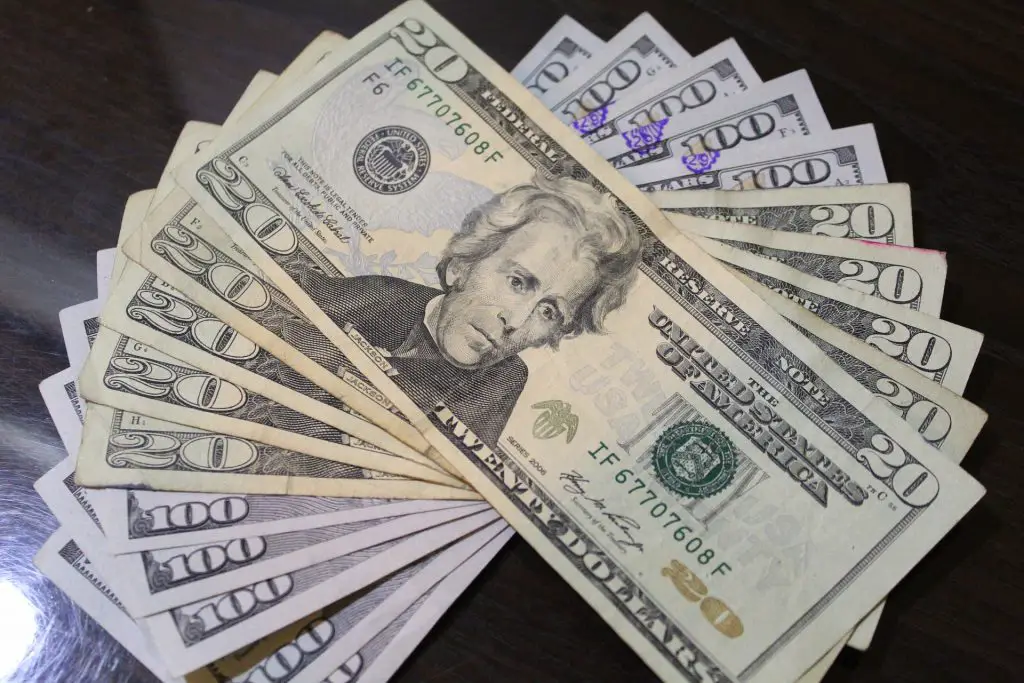It seems that every week some personal finance writer or speaker explains that we could all get out of debt if we just stopped buying $5 lattes every day. If I hear that one more time, I will scream. High Level Debt Solutions should be in place!
Why have all of these advisers fixated on the latte factor? While it’s true that buying a $5 latte every weekday for a year will cost you $1300, the average person has much more than $1300 in debt. I do realize that they’re trying to tell us to cut unnecessary daily expenses that add up over time, but at this point the latte factor has become such a standard claim that no one bothers to listen anymore.
True personal finance advice shouldn’t rely on tired clichés that everyone is using. If it were really as simple as drinking the free office coffee, no one would be in debt anymore. I don’t even drink coffee, so how on earth did I wind up in debt? Surely it can’t be that advanced degree I got? Could it be the wedding trip I had to take last year? No, it must be the lattes. That’s clearly the problem.
Getting out of debt requires more than simple cuts. It involves changing your attitudes about money, changing your lifestyle, and cutting many expenses so you’re living within your means again. Trimming that $5 a day is a good start, but it won’t solve the problem unless you’re exactly $1300 in debt due to your addiction to drinking high-calorie frothy beverages five days a week for the last year.
High Level Debt Solutions
If you aren’t a big fan of lattes (like me), you may still have a few wasteful spending areas. Combine spending reductions with other tried-and-true debt reduction methods if you really and truly want to get out of debt.
Step 1:
Go through all of your monthly spending – write it all down for a month – to see where your bugaboos are. It might really be a latte, but it could also be trips to the vending machine, your unused gym membership, or even library late fees. Cut several wasteful spending habits to produce real savings.
Step 2:
List all your debts, and make a plan for paying them off. Set goals with realistic but challenging dates. In other words, plan to pay off $10,000 in a year, not in two months (unless you know you’ve got a big chunk of money coming.) The realistic date will provide motivation to avoid spending. Without a goal, it’s easy to say, “Well, buying this Coke won’t delay my debt too much, I’ll still pay it off eventually.” If you have a debt-payoff date in your mind, you know much all those little purchases will delay you.
If it helps, you can tell yourself that you can resume your normal spending once you’re out of debt. Here’s the secret they don’t tell you: once you pay off the debt, you probably won’t want to resume your old spending habits. Saving money feels good.
Step 3:
Learn to be frugal in other areas, too. With the cost of food rising, groceries are big place where cutting spending is important. Eat more whole foods and fewer convenience foods. Shop at farmer’s markets, use coupons, and shop the weekly grocery flyer. Plan your meals in advance. Chances are that you’re wasting money if you buy groceries every day. You may forget that you already have food in the fridge and buy a duplicate item. Or you might forget to use something up before it goes bad.
Step 4:
Change your attitude about money. This will happen over time as you pay off debt, learn to control spending, and learn to be more frugal. You’ll come to recognize money as a powerful, yet limited, resource that can help you reach your goals, not an endless spigot that you can fritter away at will. It’s not proof of your value as a person and spending it doesn’t make you into a better person or a better friend.
The latte factor certainly does apply to some people, but other people may hear that advice and dismiss it because they don’t buy lattes. If you’re that person, take a hard look at your finances and make a commitment to plugging the holes wherever they are.
